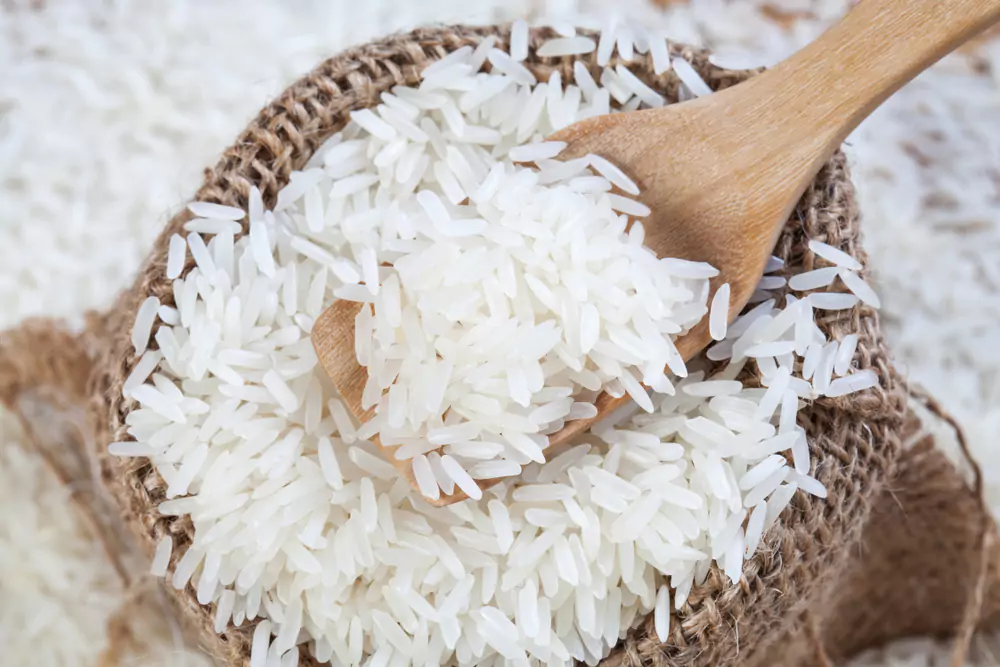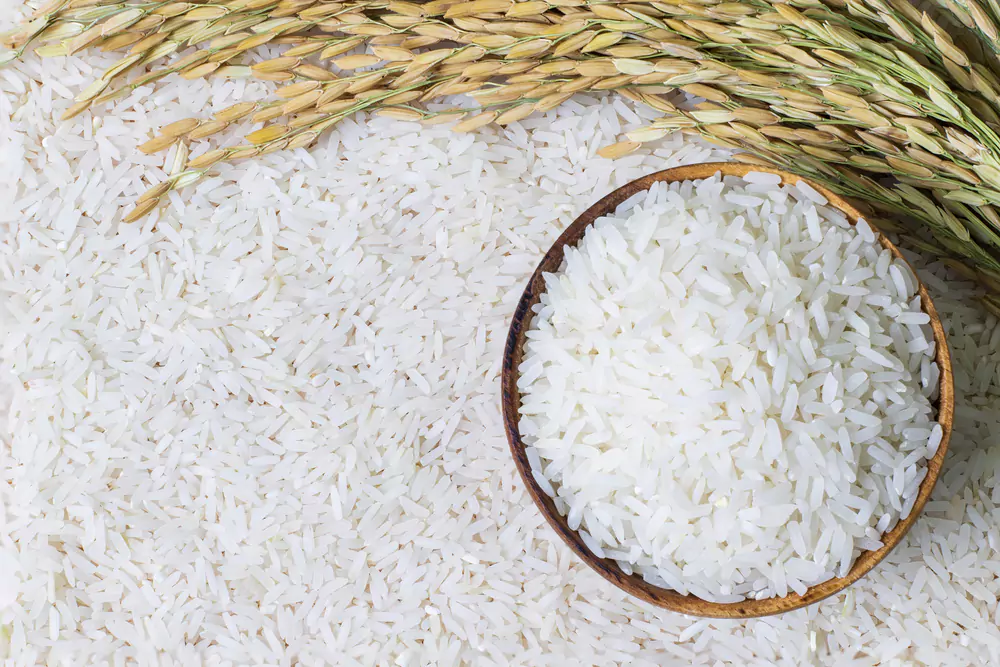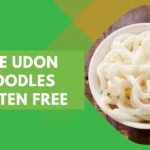For ages, billions of people worldwide have been consuming rice, a staple diet. Still, a subject that many people have wondered about is this: is rice a vegetable? We will examine rice’s categorization, nutritional makeup, and culinary applications as we dig into this intriguing food. By then, you should be able to tell if rice is a vegetable.
What Is A Vegetable?
Plants that are eaten as food are referred to as vegetables. Usually, its edible components—leaves, stalks, roots, or flowers—typically define it. A balanced diet must include vegetables because of their high nutritious content. They have few calories and a high vitamin, mineral, and fiber content.
Typical vegetable examples include Broccoli, carrots, spinach, tomatoes, and potatoes. In addition to being used in various culinary dishes, vegetables can be eaten raw or cooked. They are adaptable culinary ingredients because they add many flavors, textures, and colors to meals.
Characteristics Of Vegetables
Due to their many health advantages, vegetables are vital to a balanced diet. They are a great source of dietary fiber, vitamins, minerals, and other essential components that support general health.
The following are some essential qualities of vegetables:
Nutrient-rich
Vegetables are rich in nutrients but low in calories. They provide several different vitamins, such as A, C, K, and other B vitamins. Minerals, including potassium, magnesium, and folate, are also present. Vegetables are also an excellent source of antioxidants, which shield the body from oxidative stress.
High in dietary fiber
Dietary fiber, crucial for preserving a healthy digestive tract, is abundant in most vegetables. Fiber is suitable for managing weight because it facilitates digestion, keeps the colon from being constipated, and increases feelings of fullness.
Low in fat and cholesterol
Vegetables are a fantastic option for anybody trying to maintain a healthy weight or lower their risk of heart disease since they are naturally low in fat and cholesterol.
Variety of colors and flavors
Vegetables bring diversity to meals and improve the eating experience since they are available in various colors and flavors. There’s a vegetable to satisfy every palate, ranging from vivid greens like spinach and Broccoli to colorful peppers and carrots.
Versatility in cooking
There are many different methods to prepare vegetables; they can be eaten fresh, steamed, boiled, grilled, roasted, or stir-fried. Its adaptability guarantees that people with varying cooking tastes may enjoy vegetables and offers countless culinary options.
Is Rice A Plant-Based Food?

Yes, rice is considered as a plant-based food. It is a staple crop from the grass family’s Oryza sativa or Oryza glaberrima plants. Rice is a grain mostly made of carbs and contains essential elements such as dietary fiber, vitamins, and minerals. Vegetarians and vegans use it in many different types of food worldwide as a source of nutrition and energy.
Does Rice Come From A Vegetable Source?
No, rice is not derived from any vegetable. In reality, rice is a grain grown from the Oryza glaberrima or sativa plants. It is extensively consumed as a cereal grain and is regarded as a staple meal in many world regions.
While rice is made from the seeds of the rice plant, vegetables are usually made from the edible portions of plants, such as leaves, stems, or roots. As a result, categorizing rice as a cereal grain as opposed to a vegetable is more correct.
Can Rice Be Classified As A Vegetable?

No, rice does not belong in the vegetable family. Rice is mainly grown as a cereal grain, part of the grass family, for its edible seeds. Rice is made from the origins of the rice plant, whereas vegetables are usually made from plant components like leaves, stems, roots, or blossoms.
It is regarded as a grain high in carbohydrates rather than a vegetable and is widely eaten as a staple diet in many regions worldwide. Thus, according to botanical classification or culinary use, rice is not considered a vegetable.
Similarities Between Rice And Vegetables
Rice and vegetables are essential components of a balanced diet and share several similarities regarding their nutritional value, culinary uses, and health benefits.
Nutritional Value
Both rice and vegetables are rich sources of essential nutrients. Rice is primarily composed of carbohydrates and provides energy to the body. It is also low in fat and cholesterol-free. Vegetables, on the other hand, are packed with vitamins, minerals, fiber, and antioxidants. They are generally low in calories and fat while high in dietary fiber, which aids digestion and promotes satiety.
Culinary Uses
Rice and vegetables are versatile ingredients used in various culinary preparations. Rice is a staple food in many cultures worldwide and can be cooked in multiple ways, such as boiling, steaming, or frying.
It can serve as a side dish or as the base for main courses like stir-fries, pilafs, or risottos. Similarly, vegetables offer endless possibilities for cooking. They can be consumed raw in salads, steamed, boiled, roasted, stir-fried, or into soups, stews, curries, and casseroles.
Health Benefits
Both rice and vegetables contribute to overall health and well-being. Rice is a gluten-free grain that provides a steady release of energy due to its complex carbohydrate content. It is easily digestible and can help regulate blood sugar levels when consumed in moderation.
Vegetables are known for their high nutrient density and contribute to various health benefits. They are associated with a reduced risk of chronic diseases such as heart disease, certain cancers, and obesity due to their antioxidant content and anti-inflammatory properties.
Differences Between Rice And Vegetables
Rice and vegetables are both staple food items that are consumed worldwide. While they share some similarities, the two have several key differences.

Nutritional Composition
Rice is primarily a source of carbohydrates and provides energy to the body. It contains small amounts of protein and negligible fat. On the other hand, vegetables are rich in essential nutrients such as vitamins, minerals, fiber, and antioxidants. They offer various vitamins like vitamins A, C, and K and different B vitamins and minerals like potassium, magnesium, and iron.
Macronutrient Content
Rice is predominantly composed of complex carbohydrates in the form of starch. It has a moderate glycemic index (GI), which can cause an average increase in blood sugar levels after consumption. Vegetables, on the other hand, have a lower carbohydrate content and are generally low in calories. They contain dietary fiber that aids in digestion and helps maintain stable blood sugar levels.
Micronutrient Profile
Vegetables have a more diverse micronutrient profile compared to rice. They are abundant in vitamins and minerals that play crucial roles in maintaining overall health. For example, leafy greens like spinach and kale are excellent sources of vitamin K, while carrots and sweet potatoes are rich in beta-carotene (a precursor of vitamin A). Rice lacks these micronutrients but can be fortified with specific vitamins and minerals during processing.
Fiber Content
Vegetables are high in dietary fiber, essential for maintaining a healthy digestive system. Fiber adds bulk to the diet, promotes regular bowel movements, and helps prevent constipation. Rice, significantly refined white rice, is low in fiber content as the bran and germ layers are removed during processing.
Antioxidant Content
Vegetables contain various antioxidants that help protect the body against oxidative stress caused by free radicals. These antioxidants include flavonoids, carotenoids, and vitamin C. Rice, mainly white rice, has minimal antioxidant content as the bran and germ layers, which contain most antioxidants, are removed during processing.
Conclusion
In summary, the discussion of whether rice counts as a vegetable has been dissected and explained in great detail. Rice is considered a cereal grain and not a vegetable. It differs from vegetables in terms of its botanical categorization and nutritional makeup, although it is frequently eaten as a staple diet in many countries and offers necessary nutrients.
While rice is the seed of the Oryza sativa plant, vegetables are usually made from plant components like leaves, stems, or roots. In addition, veggies often contain more fiber and specific vitamins and minerals than rice. Rice cannot be regarded as a vegetable, even though it is a staple in many cuisines worldwide.
FAQs
What Category Is Rice Under?
Rice is categorized as a cereal grain. Depending on the variety, it belongs to the grass species Oryza sativa or Oryza glaberrima.
Is Rice A Vegetable Or Starch?
Rice is considered a starch rather than a vegetable. Starches are complex carbohydrates that provide energy to the body.
Does Rice Count As A Fruit?
No, rice does not count as a fruit. Fruits are typically the mature ovaries of flowering plants containing seeds. Rice, on the other hand, is a seed itself and is classified as a grain.
Is Rice Healthy, Yes Or No?
Yes, rice can be a healthy food choice when consumed in moderation and as part of a balanced diet. It is naturally gluten-free and low in fat. The nutritional value of rice varies depending on the type and processing method.

![Is Sugarcane A Fruit, Vegetable, Or Grass? [ Answered 2024 ] Is Sugarcane A Fruit](https://juicerhunter.com/wp-content/uploads/2023/10/Is-Sugarcane-A-Fruit-150x150.webp)




